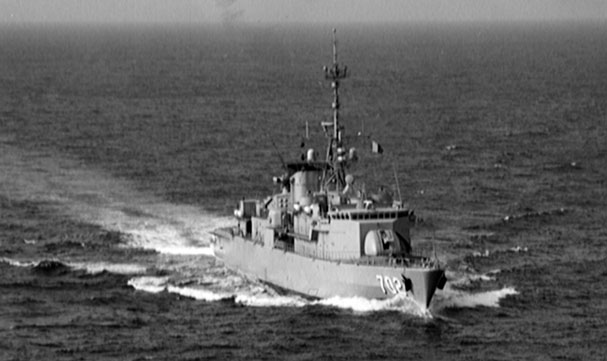Arabian Legend
SENIOR MEMBER

- Joined
- Mar 7, 2012
- Messages
- 5,155
- Reaction score
- 9
- Country
- Location
Follow along with the video below to see how to install our site as a web app on your home screen.
Note: This feature may not be available in some browsers.







Mosa can you summarize what kind of up-gradations will be carried out on existing Saudi F-15's?

New AESA radar, New EW systems including the systems used on the Growler,Fly-by-Wire system, Two additional wing weapon hardpoints to increase the payload from 11Tons to 13 Tons. New Fuselage system to increase Range and loiter time, New radar absorbent coatings, Improved situational awareness systems, And few other things that I can't think of right now.

New Engine?





Electronic Warfare: Instead of the TEWS used in the Strike Eagle, the F-15SA will feature a digital electronic warfare system (developed by BAE Systems), dubbed as DEWS. DEWS was developed by leveraging F-22 and F-35 EW program results and replaces 4 legacy systems of the Strike Eagle. It is fully digital (hence its name) and works in close integration with wideband RF systems, including the AN/APG-63(v)3 AESA radar, giving the jet a very sharp edge in the electronic warfare arena.
DEWS offers full quadrant detection and response control, containing aft receiving antennas on top of the tails, aft RF transmitters and antennas built in the tailbooms, forward RF transmitters and antennas built in the leading edge of the wing roots, forward receiving antennas built in the wingtips and a low band Rx knife antenna placed on the underbelly of the jet below the cockpit. DEWS includes a digital RWR, digital jamming transmitter, ICS and an interference cancellation system. According to Boeing, the system will enables the F-15SA to jam enemy radars while its own radar and RWR continues to operate.
Digital Radio Frequency Memory (DRFM) is an electronic method for digitally capturing and retransmitting RF signal. DRFMs are typically used in radar jamming,















